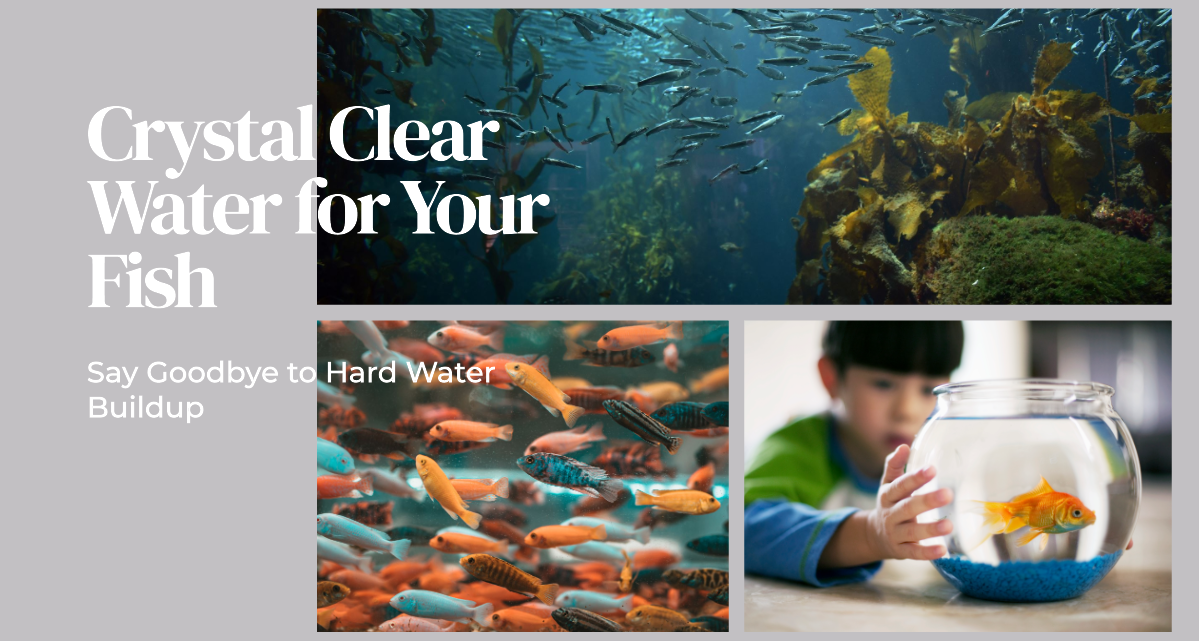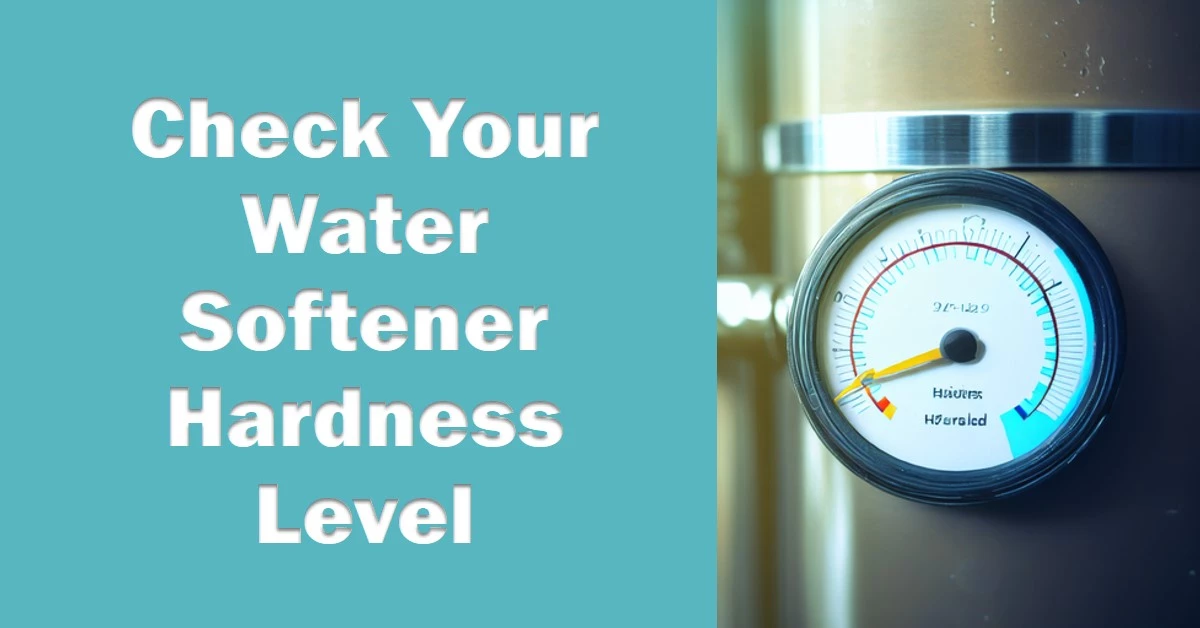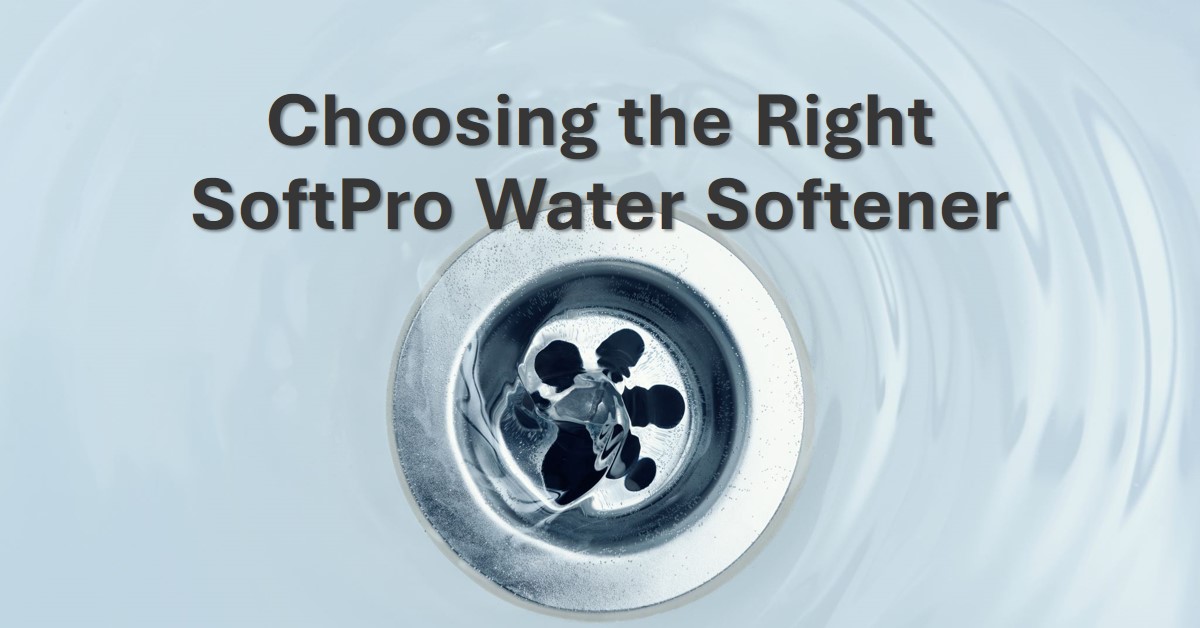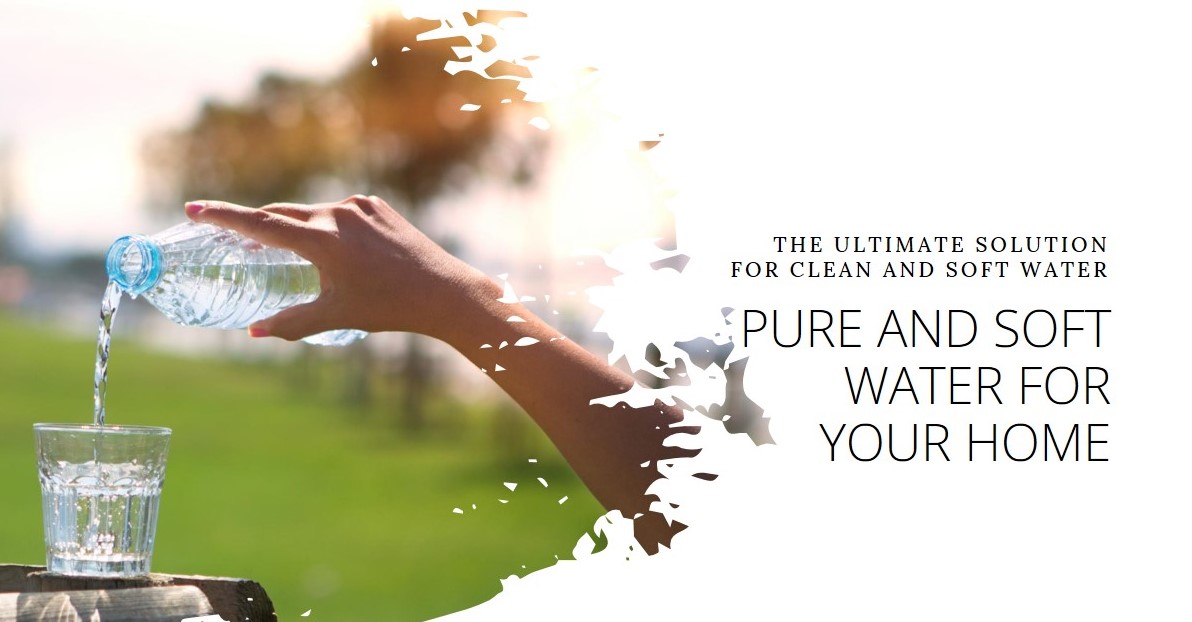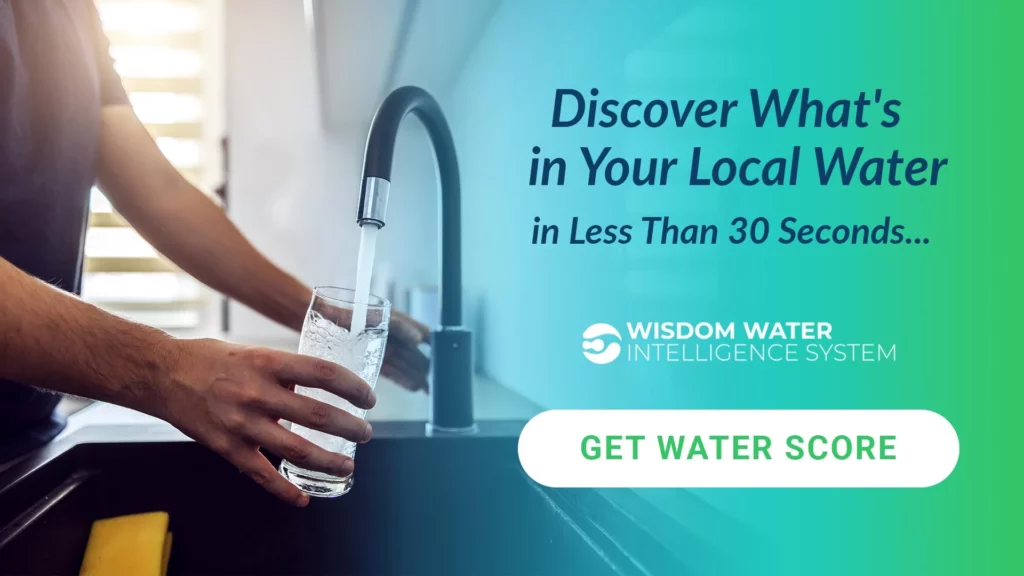If you’ve noticed white chalky deposits accumulating in your fish tank, cloudy water, or increased algae growth, you likely have hard water. Hard water contains high levels of dissolved minerals like calcium and magnesium that can cause major problems for your aquarium. Fortunately, you can take steps to remove hard water from a fish tank and provide a healthy environment for your fish.
Step-by-Step Instructions
Here is a step-by-step guide to reducing the hardness level and making conditions better for your fish:
Step 1 – Test Your Tap Water Hardness
It’s important to know how hard your household water supply is initially. This gives you a baseline so you can determine the most effective method to soften the water before adding it to your tank.
Testing is quick and easy with a liquid or test strip kit. This informs you how hard your starting tap water is in ppm (parts per million) of calcium carbonate.
Step 2 – Select a Hardness Reduction Method
Choose a water softening method based on your tap water’s hardness level and your aquarium’s size:
- Reverse osmosis – Best for treating very hard water over 200 ppm. Produces 0 ppm water for most freshwater tanks.
- Water softener – Ideal for moderately hard water up to 150 ppm. Use a sodium-free aquarium model.
- Peat filtration – For minor hardness between 50-100 ppm. Cannot treat severely hard water.
- Blending with purified water – Effective for small or moderately sized tanks with water below 150 ppm.
Step 3 – Install Water Softening Equipment
For reverse osmosis and water softeners, follow manufacturer instructions to hook up the inlet and outlet hoses.
Position the unit near your aquarium within reach of your water source. Run extension tubing if needed. These systems often use automatic shutoff valves.
For peat filtration, place a mesh bag of peat moss into your existing filter. Use an appropriate amount for the filter’s volume.
Step 4 – Treat Tap Water Before Adding to Aquarium
Always pass your tap water through the softening equipment or peat filter before adding it to the tank during routine changes.
This prevents adding more hard minerals and compounds the effects of the hardness removal over time.
Avoid adding any untreated tap water directly. Even just topping off with hard water between changes undermines your softening efforts.
Step 5 – Test Aquarium Water Hardness Regularly
Use your calcium test kit to monitor hardness levels in your tank. Initially test weekly to ensure your softening method is working.
Hardness should steadily drop into the ideal general range of 5-12 ppm. If it remains high, you may need a more powerful softening system.
Once the desired hardness level is reached, test monthly to make sure it remains stable. Perform water changes with treated water as needed to keep hardness in the safe zone.
Step 6 – Remove Hard Water Buildup
In addition to softening the new water entering your tank, also clean away any existing mineralized hard water deposits:
- Scrub and scrape buildup off the glass, decorations, and hardware.
- Soak smaller items in white vinegar or lemon juice to dissolve deposits.
- Deep clean your filters and replace old media that’s clogged with hardness precipitates.
With soft water and less buildup, your tank will start looking crystal clear within weeks!
Choosing the Best Method of Hard Water Removal for Your Aquarium
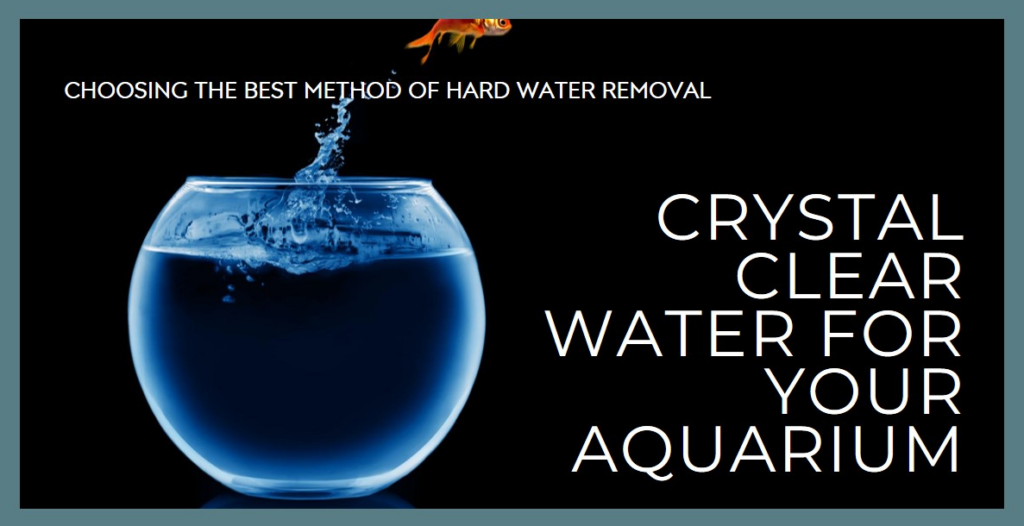
There are several viable options for removing hard water from your fish tank. Selecting the right method depends on several factors unique to your aquarium.
Here are some key considerations when deciding on the best hard water treatment system for your tank:
Aquarium Size
Larger aquarium systems with high water volumes and heavy bioloads often benefit most from dedicated reverse osmosis systems. They can continually process large amounts of water as needed.
For small starter tanks under 20 gallons, manually mixing tap water with purified water can be perfectly effective. Hauling multiple gallons of treated water is manageable.
Water softeners and peat filtration work for either size tank when used properly. though they may need to be upsized for very large aquariums.
Existing Equipment and Setups
If you already run pressurized filtration like canister filters, installing an inline reverse osmosis or water softener unit is convenient.
For simple hang-on-back power filters, adding a mesh bag of peat is a low-cost way to soften water.
And tanks using sumps can easily accommodate reverse osmosis reservoirs and peat media chambers.
Tap Water Hardness Level
Reverse osmosis systems are required for removing very high tap water hardness over 200 ppm. Other options typically can’t handle severely hard municipal water.
With tap water in the moderate 50-150 ppm range, ion exchange softeners provide sufficient treatment.
Peat filtration or blending gives satisfactory results when tap water hardness is below 150 ppm and your tank goals are less stringent.
Fish Species and Preferences
Research the preferred water hardness ranges for the fish species you keep. This helps determine the ideal target level to aim for when softening your aquarium.
Wild-caught species and those from very soft waters may need extra hardness reduction. Whereas hard water fish can tolerate higher softened levels.
Catering to the specific needs of your stock makes a big difference in their health and acclimation.
Budget
For the lowest cost option, peat moss bags are inexpensive and only need occasional replacing. Blending tap water with purified water is also budget-friendly.
Water softeners are moderately priced for most home aquarists. Reverse osmosis setups tend to be the biggest investment.
Consider both upfront costs and ongoing filter media replacement expenses when factoring affordability.
Risks and Precautions When Removing Hard Water from Aquariums
Eliminating excess hardness from your fish tank water improves conditions for most aquatic species. However, altering water chemistry always carries some potential risks.
Take the following precautions when removing hard water from your aquarium:
Do Water Changes Gradually
Never replace extremely hard water with very soft water instantly. This shocks the system and stresses inhabitants adapted to high mineral content.
Make hardness parameter shifts slowly over several weeks instead. Use blending, dilution, or adjustment of your water treatment ratios to change conditions incrementally with water changes.
Supplement Lost Nutrients
Methods like reverse osmosis and ion exchange remove beneficial minerals like potassium, magnesium, and calcium along with problematic hardness ions.
Repleting necessary electrolytes prevents nutrient deficiencies. Add commercial mineral supplements or small amounts of aquarium salt (sodium chloride) when using softeners and RO units.
Adjust pH Accordingly
Hardness minerals naturally buffer water against pH crashes. As you remove them, you lose that buffering capacity.
Monitor your pH closely and be prepared to adjust it upward if needed to avoid acidic crashes after softening. Products like sodium bicarbonate safely increase pH.
Disinfect Equipment
Replace cartridges and sanitize softening systems like RO units regularly to prevent bacterial buildups.
Sterilize any equipment used for hardness removal frequently with bleach, vinegar, or other disinfectants to eliminate bio-film growth.
Test Softened Water’s Quality
Verify that any chemical media used for water softening (like ion exchange resin) doesn’t leach contaminants into the treated water.
Check for ammonia, metals, and other toxins. Only use systems designed specifically for aquarium use that employ food-grade, inert materials.
Careful acclimation and monitoring ensures your efforts to create softer water don’t end up causing collateral issues for your fish and invertebrates. Maintain the proper mineral balance while moderating hardness.
How to Prevent Hard Water Buildup in Your Fish Tank
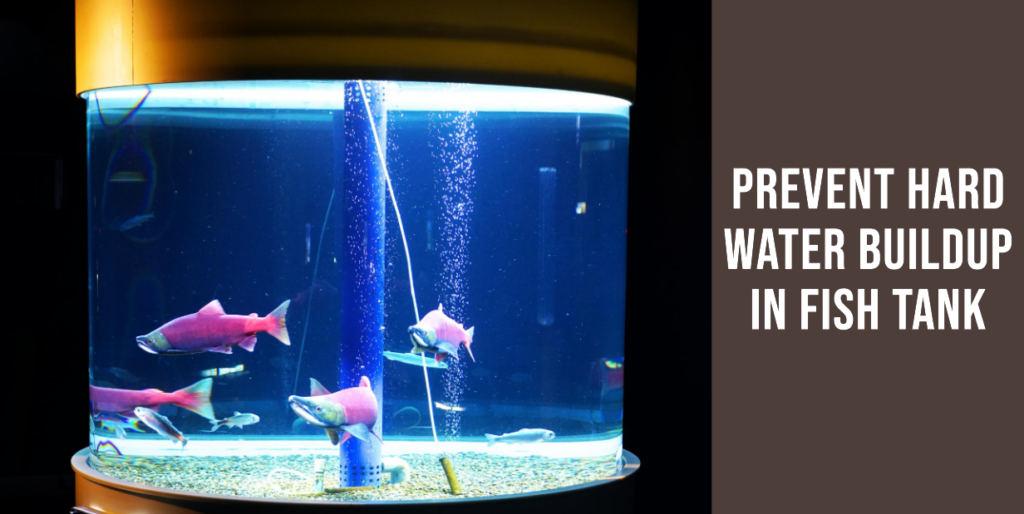
Prevention is one of the best remedies when it comes to handling hard water in aquariums. You can take proactive steps to avoid excessive mineral accumulation right from the start:
Use Purified Water for Initial Set Up
When first filling your tank, avoid straight tap water that you know is very hard. Either filter it first or use bottled distilled or RO water to fill it up.
This gives you a clean slate without pre-existing scale buildup before even adding fish.
Choose Livestock Compatible With Your Water
Research fish, invertebrates, and plants that thrive in hard water if that’s your tap water condition and it’s difficult to alter. This avoids issues down the road trying to modify water for incompatible species.
Select hard water tolerant choices like livebearers, African cichlids, apple snails, and vallisneria for hard water tanks.
Install Phosphate-Removing Media
High phosphates can bind to calcium and magnesium, causing scale formation. Use chemical filtration media like aluminum oxide or lanthanum chloride to continuously remove phosphates before they trigger precipitation.
Use Liquid Water Conditioners
Products like Seachem’s Acid Buffer regulate pH while binding to metals that might form insoluble carbonate compounds. They inhibit precipitation when dosing new water during changes.
Clean Tank Regularly
Don’t allow mineral deposits to accumulate. Wipe them away promptly and use acid solutions to dissolve any stubborn buildup on aquarium surfaces before it worsens.
Test Hardness Frequently
Monitor levels often so you catch rising hardness before it escalates. This allows you to take countermeasures like more frequent water changes before it impacts your fish and tank.
Top Off With Softened Water
Never use untreated tap water for topping off evaporative losses between changes. Keep a jug of purified RO or softened water handy for top-offs to avoid adding more hardness.
Use Floating Plants
Floating plants can help absorb minerals from the water column. The roots dangling directly in the water column provide a sink for uptake of calcium, magnesium, and other ions.
Employ Aragonite Substrate
The calcium carbonate composition can buffer pH as minerals dissolve. But don’t rely solely on substrate buffers to remove all hardness long-term.
Warning Signs of Hard Water Buildup in Your Aquarium
Hard water leaves behind telltale signs that it is causing problems in your tank. Learn to recognize these early clues of excessive mineral accumulation:
White Scale on Surfaces
A white, chalky crust on aquarium glass, decorations, and hardware is a sure sign of liquid calcium carbonate precipitating from hard water as it evaporates and concentrates.
Cloudy Water
Minerals exceeding saturation levels will cloud the water as they come out of solution. Cloudy water that persists between maintenance is a common indicator.
Increased Algae Growth
Altered pH and carbonates fuel more rapid algae growth. Proliferating green dust, spot, and brush algae often accompany high carbonate hardness.
Stress Behavior in Fish
Fish may exhibit signs of respiratory distress like gasping at the surface or gulping due to mineral accumulation irritating gills.
Clogged Equipment
Mineral Scale can slowly block intakes and outflows over time. Noticeable decreases in filter flow and performance indicate excessive buildup.
Corrosion
Calcium and magnesium corrode metal components leading to leaks, wear, and malfunctioning equipment.
Don’t wait until you observe these problematic symptoms of unchecked hardness. Test and treat high mineral content proactively.
How to Clean a Hard Water Stained Aquarium
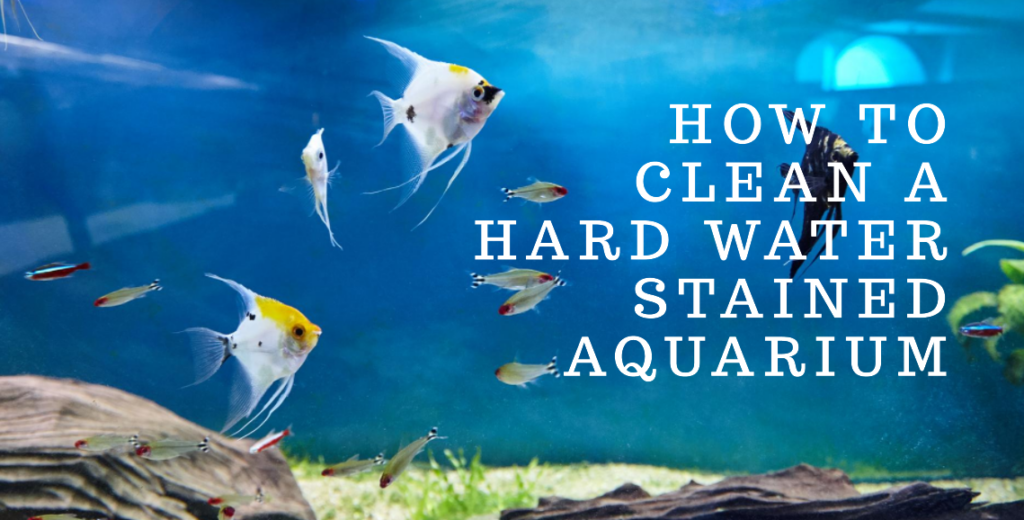
Over time hard water leaves mineral stains on glass, decor, and equipment surfaces that alter the appearance of your tank. Here are some safe cleaning techniques:
Scrape Off Loose Deposits
Use a plastic algae scraper or old credit card to dislodge built-up mineral crusts on the glass. Scrub heavily stained areas with a clean coarse sponge.
Use Acid Solutions
Apply a dilute acid solution directly to stuck-on stains. Vinegar, lemon juice, or phosphoric acid effectively dissolve mineral buildup. Rinse thoroughly.
Soak Decor and Parts
Remove and soak hard water stained ornaments, rocks, and removable equipment in an acid solution bath to dissolve scale. Let sit for an hour or more if needed.
Use Filter Media
Place phosphate-removing resins in your filter like aluminum oxide pellets. This slowly removes built-up phosphates to prevent re-precipitation of minerals.
Wipe and Brush Surfaces
Use algae scrubbing pads, old toothbrushes, or other rough scrubbers to work off stubborn deposits under running water once they’ve been loosened by acids.
Limit Light Exposure
Reduce lighting duration to 6-8 hours daily. This lessens mineral accumulation by slowing photosynthesis and growth of scale-promoting algae.
With some time and effort, you can restore your aquarium’s clarity and shine. Then maintain it scale-free by addressing the root cause of hardness.
Best Filters and Water Softeners For Handling Hard Water in Aquariums
Specialized equipment tailored for aquarium use makes removing hard water simple. Here are top-rated systems:
Reverse Osmosis Filters
- AquaFX Barracuda RO/DI Filter – With pressure gauge and automatic shutoff valve.
- Spectrapure DIS-80RO – Durable with silica and carbon prefilters to prolong membrane life.
- Aqua Engineering Pro High Output RO/DI – For large tanks up to 500 gallons.
Inline Water Softeners
- Clear Choice SS-Specialty Filter – Ion exchange softener without sodium.
- AquaTop IF-SK3000 – Food-grade softening resin media.
- Two Little FIshies PhosNet Media Reactor – With phosphate-removing Ferric Oxide resin.
Canister Filter Inserts
- Seachem MatrixCarbon – Phosphate and carbonate remover.
- Marineland PA11502 C-530 – Zeolite and resin pouch.
- Fluval Water Softener Peat Granules – For built-in filtration.
Look for systems designed for aquarium rather than home use. Follow manufacturer instructions carefully for installation and maintenance.
Using a Water Softener For Your Fish Tank
Water softeners provide a convenient means of automatically reducing hardness with minimal ongoing maintenance. Here’s how to use one properly:
Select An Aquarium-Safe Model
Avoid household softeners that replace minerals with sodium. Opt for an ion exchange resin model marketed for aquarium use.
Check Your Softener’s Capacity
Make sure the softener is appropriately sized for your aquarium’s water volume. A good benchmark is 1 lb of resin per 50 gallons of water.
Install It Correctly
Follow all manufacturer instructions for installation. Typically softeners connect via tubing to tap water sources and aquarium return lines.
Program It Accordingly
Set the timer or computerized controller to regenerate the resin beads on the ideal schedule per the manufacturer.
Test Softened Water Quality
Verify the softener isn’t leaching any harmful substances into treated water by checking for ammonia, metals, and other toxins.
Supplement Electrolytes
Add essential minerals back into softened water before adding it your tank. Use commercial supplements or aquarium salt.
Follow directions and regenerate the softener regularly for worry-free hardness removal.
Other Ways to Treat Hard Water Without a Softener
If a water softener isn’t in your budget or feasible for your setup, these alternative approaches also reduce hardness:
Mix With RO or Distilled Water
Blending tap water with 25-50% purified water is cheaper than installing an integrated system.
Use Peat Filtration
Peat releases tannins that bind some minerals. Use mesh bags in existing filters.
Employ Phosphate Removal Media
Resins like aluminum oxide inhibit phosphate-induced precipitation of minerals.
Change Water Frequently
This dilutes hardness with regular replacement with soft, conditioned new water.
Add Ion-Binding Polymers
Chemicals like AmQuel’s Water Conditioner Plus bind to carbonate compounds.
Use Natural Ion Exchangers
Certain clays, zeolites, limestone, and crushed coral gravel exchange some ions.
Incorporate Live Plants
Fast growing stem plants can uptake some minerals as they grow. Floating plants are especially effective.
Add Woods and Leaves
Botanicals like driftwood, almond leaves, acorn caps, and oak leaves leach organic acids that bind minerals.
With creativity and diligence, you can gain the upper hand on hard water through methods besides just a dedicated softener unit. Consider your options!
Maintaining Healthy Water Parameters When Keeping Fish in Hard Water
If altering your tap water’s hardness drastically is not feasible, you can still successfully keep appropriate fish in hard water with careful maintenance:
Select Species That Tolerate Hardness
Many fish naturally thrive in hard water. Livebearers, rift lake cichlids, goldfish, and invertebrates are prime examples. Choose inhabitants suited for your native conditions.
Supplement Their Diet
The excess minerals in hard water can inhibit absorption of nutrients for some fish. Boost their diet with foods enhanced with vitamins and minerals.
Focus on Filtration
Robust biological, chemical, and mechanical filtration helps compensate for heavy mineral loads by removing waste quickly.
Change Water Frequently
Dilute hardness and replenish oxygen levels with very consistent and frequent partial water changes of 25-50% weekly.
Use Chemical Additives
Binders, slime coat enhancers, and electrolyte supplements protect fish from adverse hard water effects.
Test Parameters Extensively
Monitor ammonia, nitrite, nitrate, pH, carbonate hardness, general hardness, and TDS routinely to spot issues.
Clean Surfaces Diligently
Don’t allow mineral scales to build up heavily. Keep tank pristine.
Invest in Aeration
Maximize surface agitation and gas exchange with bubble curtains, spray bars, and vigorous powerheads.
With attentive aquarium husbandry, you can cultivate a thriving oasis even in very hard water. Take steps to promote health rather than fighting the water chemistry.
Frequently Asked Questions About Removing Hard Water From Fish Tanks
Below are answers to some of the most common questions about getting rid of hard water in home aquariums.
How Does Hard Water Harm Fish and Aquariums?
Hard water contains elevated levels of dissolved minerals, mainly calcium and magnesium. These minerals can damage fish gills, inhibit oxygen exchange, and alter pH levels.
Hard water also causes scale buildup on tank surfaces. This accumulates on aquarium glass, decorations, and filter equipment. The scale buildup stains surfaces, blocks light, and interferes with proper function of filters and moving parts.
In addition, the excess minerals in hard water can lead to toxic conditions like ammonia and nitrite spikes. Hardness minerals interfere with the nitrogen cycle by binding ammonia and nitrites.
Can I Use a Household Water Softener for My Fish Tank?
Household water softeners are not recommended. They work by exchanging calcium and magnesium for sodium ions. The spiked sodium content can harm freshwater fish.
A safer option is a reverse osmosis system which will completely remove calcium, magnesium, and sodium from tap water by pushing it through a membrane. The pure RO water won’t overload the tank with any minerals.
Some hobbyists also use DI resin filters to eliminate minerals and soften tank water. This purifies water like RO without wasting as much.
What Hardness Level is Best for Freshwater Fish?
The ideal general hardness level for a community freshwater aquarium is between 5-12 ppm. Very soft water below 5 ppm can cause issues for some fish. And water above 12 ppm starts to reach the hard range.
Ideal hardness varies based on the specific fish species you keep. For example African rift lake cichlids prefer hard, alkaline water. And wild-caught tetra species do best in very soft and acidic water.
Know the preferred hardness ranges of the fish in your tank. Try to match their requirements or keep the water within the general 5-12 ppm safe zone if you have a mixed community.
Can I Mix Hard Tap Water With Filtered Water to Reduce Hardness?
Mixing hard tap water with purified water from a reverse osmosis or deionization filtration system lets you safely reduce the overall hardness. Many aquarists blend their tap water with 25-50% filtered water for their tanks.
Start with a small ratio like 25% filtered to 75% tap. Test the hardness of the mix. Then adjust the proportions as needed to bring your tank into the ideal general hardness range of 5-12 ppm.
This blending approach prevents shocking your fish with sudden large changes in hardness and other water parameters.
Will Driftwood, Almond Leaves, or Peat Lower Hardness?
Some natural botanicals can contribute minor water softening effects in aquariums. But they generally aren’t powerful enough to noticeably reduce high hardness levels.
Driftwood, almond leaves, and peat release tannins and organic acids that can bind to calcium and magnesium ions. This may result in a very slight reduction in general hardness. But the impact is small.
These botanicals are better at influencing pH or mimicking blackwater conditions. Don’t rely on them to lower hardness significantly in hard water tanks.
How Often Should I Test Hardness Levels in My Aquarium?
Ideally, test your aquarium water’s general hardness at least once per month. Performing the quick test lets you monitor hardness over time and catch any major spikes or drops.
Test more frequently if you experience issues like unusual algae growth, fish gasping at the surface, or signs of distress right after a water change. Sudden hardness fluctuations can stress fish.
Always test hardness when first setting up a new tank. And test your tap water hardness periodically, since it can vary seasonally.
Can I Switch My Hard Water Tank to Soft Water Safely?
It’s possible to transition a tank from hard to soft water safely. But the change should be done slowly over several weeks. Abruptly switching to soft water can shock fish adapted to hard water.
Start by blending small amounts of RO or distilled water into the hard tap water over the course of a few weeks. Gradually increase the ratio until your tank reaches your desired soft hardness level.
Monitor fish closely for signs of stress during the transition period. Buffer pH changes with commercial adjusters as needed while hardness decreases.
Key Takeaways on Removing Hard Water From Your Fish Tank
Here are some final tips to remember:
- Test aquarium hardness regularly and change water with softeners if over 12 ppm
- Reverse osmosis efficiently removes all dissolved minerals, including beneficial ones
- Water softeners exchange calcium and magnesium for less harmful sodium
- Peat moss leaches tannins that bind and decrease some mineral ions
- Mixing tap water with purified water dilutes overall hardness
- Clean mineralized deposits off surfaces before they obstruct equipment
- Add supplements with essential minerals to treated soft water before adding to tank
- Calcium carbonate buildup indicates evaporation is concentrating hard water
- Sudden major drops in hardness can shock fish – make gradual changes
- Select fish species compatible with your tap water’s natural hardness
Removing hard water takes some initial work but pays off exponentially in the health of your fish and aquarium. Don’t let mineral deposits accumulate and cause escalating issues. Address hardness proactively for clean, clear water and thriving inhabitants!

